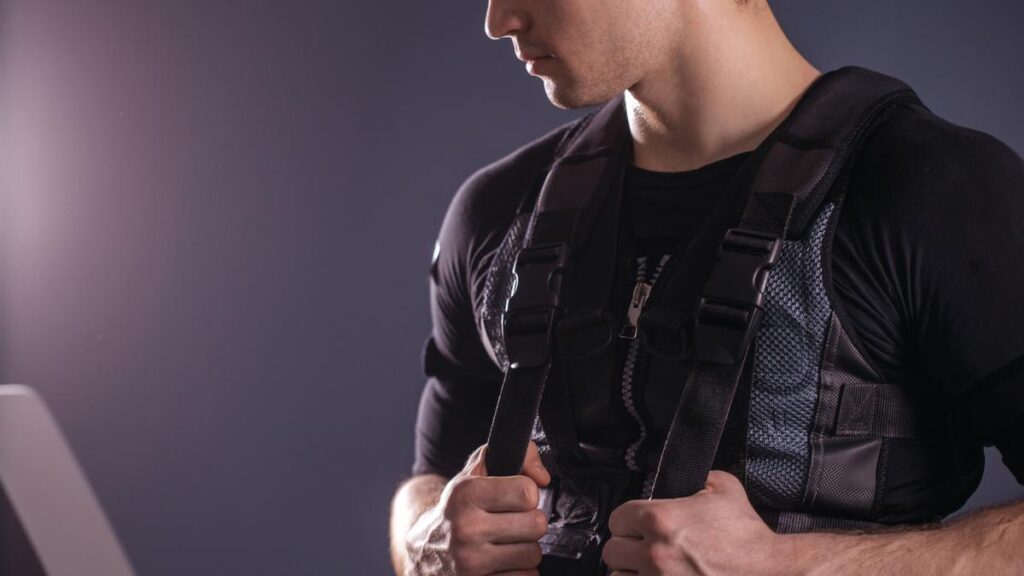
portrait of handsome man wearing ems suit near electro muscle stimulation machine
A new fitness trend involving weighted vests is gaining traction among fitness enthusiasts, but health experts are cautioning that this trend may pose risks for certain individuals. Originally used by military personnel, weighted vests are now being embraced by the mainstream fitness community, with mixed reactions regarding their safety and effectiveness.
Social media has seen a surge of references to the trend, with users humorously noting its popularity among mothers seeking to enhance their workouts. One user remarked, “Weighted vests help menopause and so every single mum is now obsessed.” While the lighthearted commentary highlights the trend’s reach, experts like Donna McCook, an exercise physiologist at the University of Queensland, underscore the potential dangers associated with this equipment.
While Karl Innes, a CrossFit trainer, has successfully incorporated weighted vests into his training regimen, he emphasizes their versatility. “You can add load to the movement but continue to move dynamically like push-ups, pull-ups, air squats, even walking or running,” he explained. This dynamic application may appeal to those aiming to intensify their workouts.
Despite these benefits, McCook warns that the touted advantages of weighted vests, such as enhanced bone density and accelerated fat loss, may only be applicable to individuals who are already physically fit. “Someone that’s perhaps heavy or deconditioned then you’ve got a lot of joint stresses,” she cautioned. This is an important consideration as many people may not be aware of their underlying health conditions.
A study conducted in the United States found that women engaging in weighted vest workouts for a duration of five months showed significant improvements in various health metrics, including blood pressure, insulin sensitivity, inflammation markers, and body composition. However, the overall results were not uniformly positive, raising questions about the safety of this trend for broader populations.
Health professionals particularly advise against the use of weighted vests for individuals with conditions such as osteoarthritis, spinal curvature, and disc degeneration. McCook noted, “Twenty percent of the population have got discal injuries without even knowing that they have them.” This statistic highlights the importance of understanding one’s health status before adopting new fitness routines.
For those considering incorporating weighted vests into their exercise programs, experts recommend starting with a load that is just 2% of one’s body weight. “If your goal is to increase the level of fitness that you have now, great idea and just move into it slowly,” McCook advised. This approach can help mitigate the risk of injury while allowing individuals to gradually adapt to the added weight.
As this trend continues to grow, awareness around its potential hazards remains essential. Engaging with fitness trends can be beneficial, but understanding personal limits and health conditions is crucial for safe practice.






